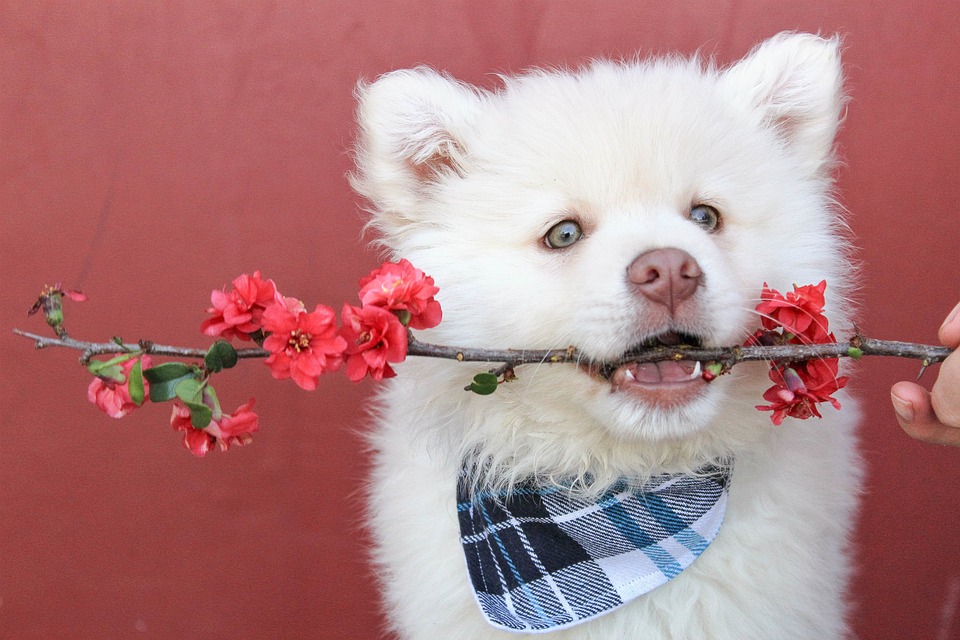Does your canine become nervous when you begin to leave your house? When you come home at night, do you find that he has destroyed something?
Separation anxiety in dogs is a rather prevalent condition that may cause your dog to damage your possessions or cause your dog to harm itself. It’s essential to understand that if your dog has separation anxiety, it’s not disobeying you on purpose. It is because it is suffering from this condition.
Defining Separation Anxiety:
Some dogs get separation anxiety when they are left alone. When you leave, they become distraught and anxious. As a result, the dog may destroy items in your house or inadvertently hurt themselves. The length of time you are gone isn’t really relevant. It is felt whether you are gone for a few minutes, or all day long.
Many canines will bark excessively, or pee and poo inside of your house, while others chew, dig and try to escape. At times dogs with separation anxiety will ignore their food or water until you come home and when you do, they act as if it has been years since they have seen you.
Signs of Separation Anxiety in Dogs:
- Destruction or Chewing: If your dog is anxious, it may start chewing random objects, which can be dangerous for the dog.
- Barking or Howling: When separated from their pet parents, dogs may bark or howl, which may cause problems with their neighbors.
- Escaping: Dogs who attempt to escape their crate or confined area can obtain injuries such as cut paws, broken teeth, or cracked nails.
- Relieving Themselves in the House: Some canines pee or poo in the house when their owner leaves.
How to Help a Dog With Separation Anxiety:
If your dog has a moderate case of separation anxiety, focus on trying to transform your leaving the house into something positive, instead of something that makes them nervous. To do this, the goal becomes them associating you leaving with something they like. For example, try giving your dog a special treat, such as a Kong toy that is stuffed with their favorite doggie snack. The idea is that the toy may keep the dog busy for a little while to take its mind off of you leaving.
Helping a Dog With a More Serious Condition of Separation Anxiety:
Though it’s not a piece of cake, dogs with a more serious case of separation anxiety can be helped as well. To begin, you need to stop the associations that they have created with you going away. This is the time when many dogs begin to get nervous. For example, when they hear you jingling your keys, they begin to react.
One thing you could experiment with would be to begin your regular routine of leaving your house, but don’t really leave. Grab your keys, put on your jacket, and then just sit down instead of leaving. Doing this several times may help your dog release the associations it has made with you going away.
Next, show your dog that it is okay for you to be somewhere that they can’t see you. Have them sit in your bedroom while you stay behind the door. Begin doing this for a small amount of time and then work up to a longer amount. Then, you can begin to add in the cues that you are leaving while your dog practices staying still. This routine can be practiced several times a day, for many days until the problem subsides.
Read More:







